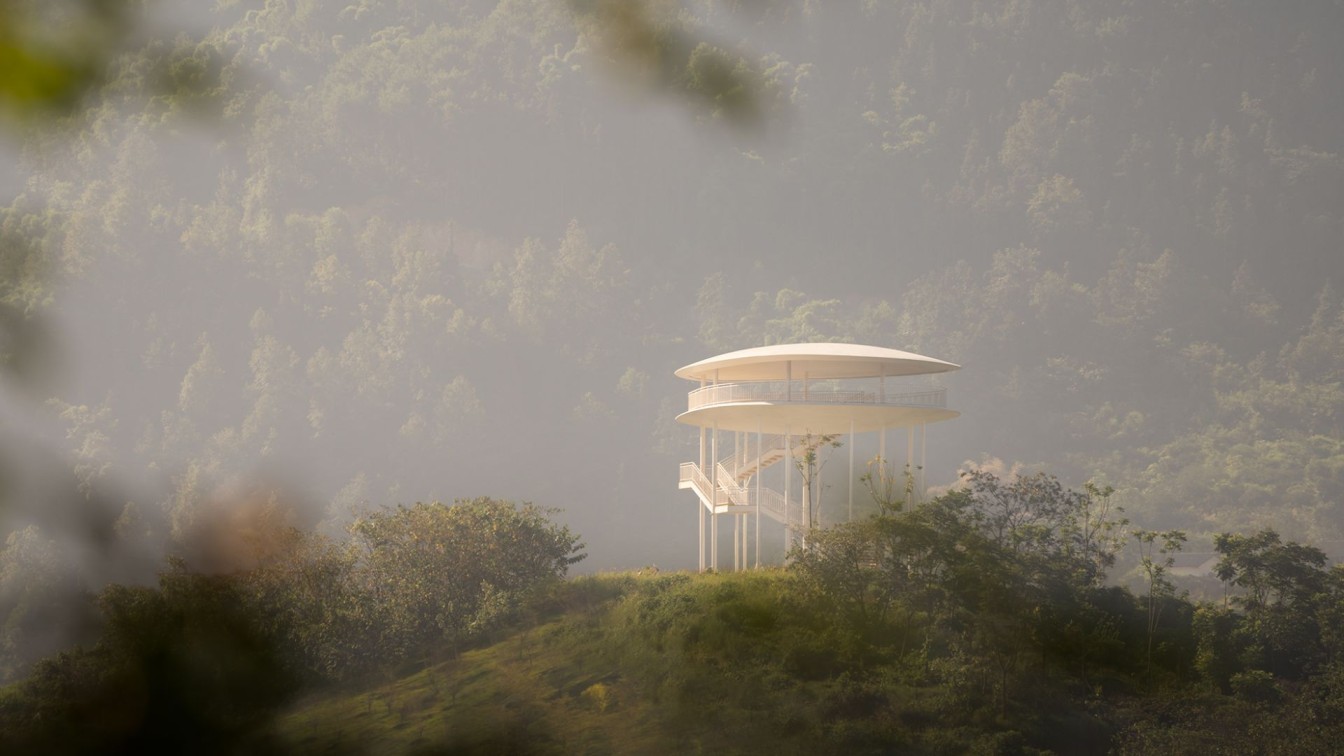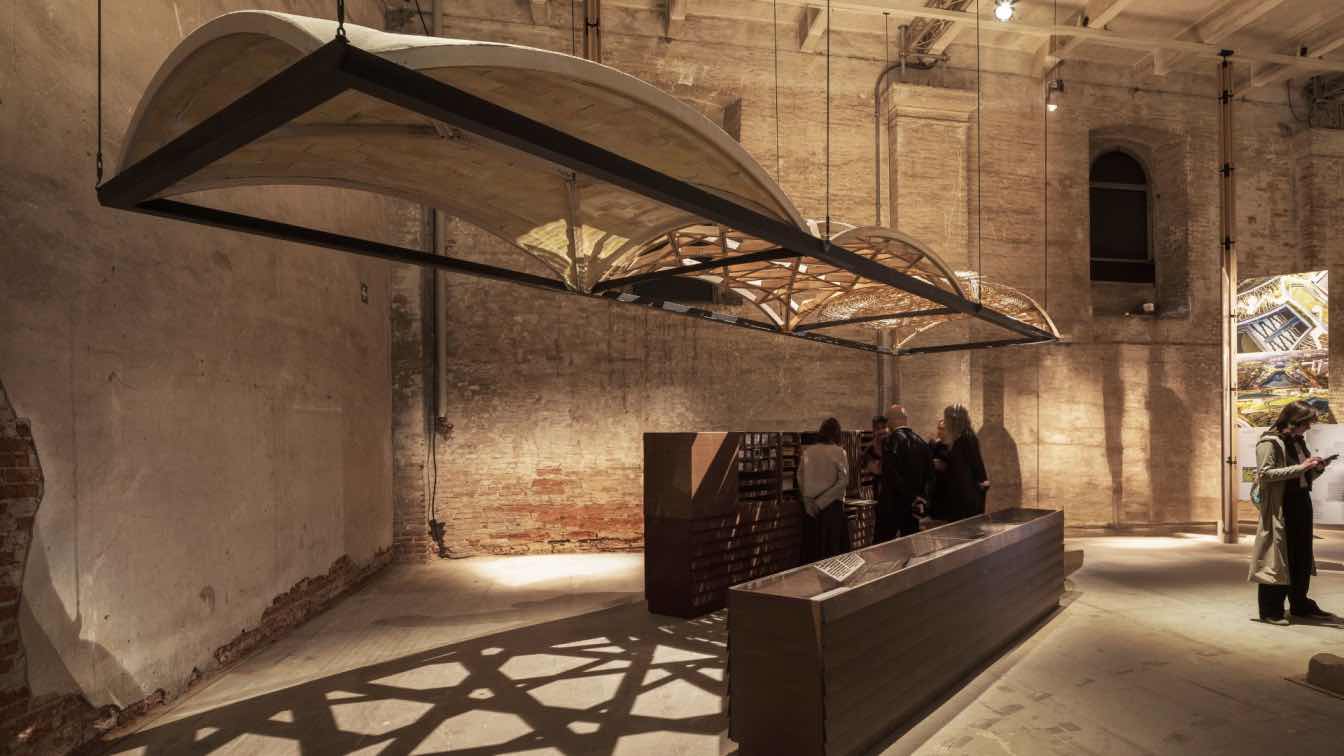Art celebrating those who remain in the shadows
In an open field near the ancient Russian city of Suzdal, an unusual structure disrupts the skyline — a graceful latticework of metal ribs that, from a distance, resembles the skeletal frame of a pitched-roof house. This installation, created by Le Atelier Architects and titled Temple of the Labourers, seeks to draw attention to the craftsmen and artisans whose hands bring designer visions to life.
The authors of iconic buildings are cherished not only by fellow architects, but also by a wide public around the globe. Their names resonate across centuries, even if their works are lost. The first such author to win professional acclaim was Imhotep, the ancient Egyptian sage and architect born in the 27th century BCE. Since then, some 233 professional generations have passed, yet scarcely any memory of them remains. Behind every great name stand hundreds of anonymous masters, whose names are spoken even more rarely — stonemasons, painters, plasterers, carpenters beyond counting. Their labour is quiet and unnoticed, and yet without them, architecture itself would not exist.

The Temple of the Labourers is made of drywall profiles — crucial elements that go equally unnoticed behind smooth plasterboard sheets. The concept of the installation draws on Le Atelier’s extensive research into suburban vernacular architecture — spontaneous developments created without professional designs or plans. Assembled with virtually no waste, this art object fits perfectly into a place where the vernacular is the basic element of architectural landscape.
The location was chosen with particular care. The Temple rises beside the village of Menchakovo in the Suzdal district of Vladimir region, in the heart of Russia — a place rich in culture, blessed with picturesque nature and serene atmosphere. The nearest city, Suzdal, was founded in 1024, while the village of Menchakovo was first mentioned in 1795, when the Nativity of the Virgin Church was built in stone. Today, ethical tourist infrastructure is emerging, new houses are being built and old ones renovated, and throughout the village one encounters art objects by important contemporary artists and designers.


















